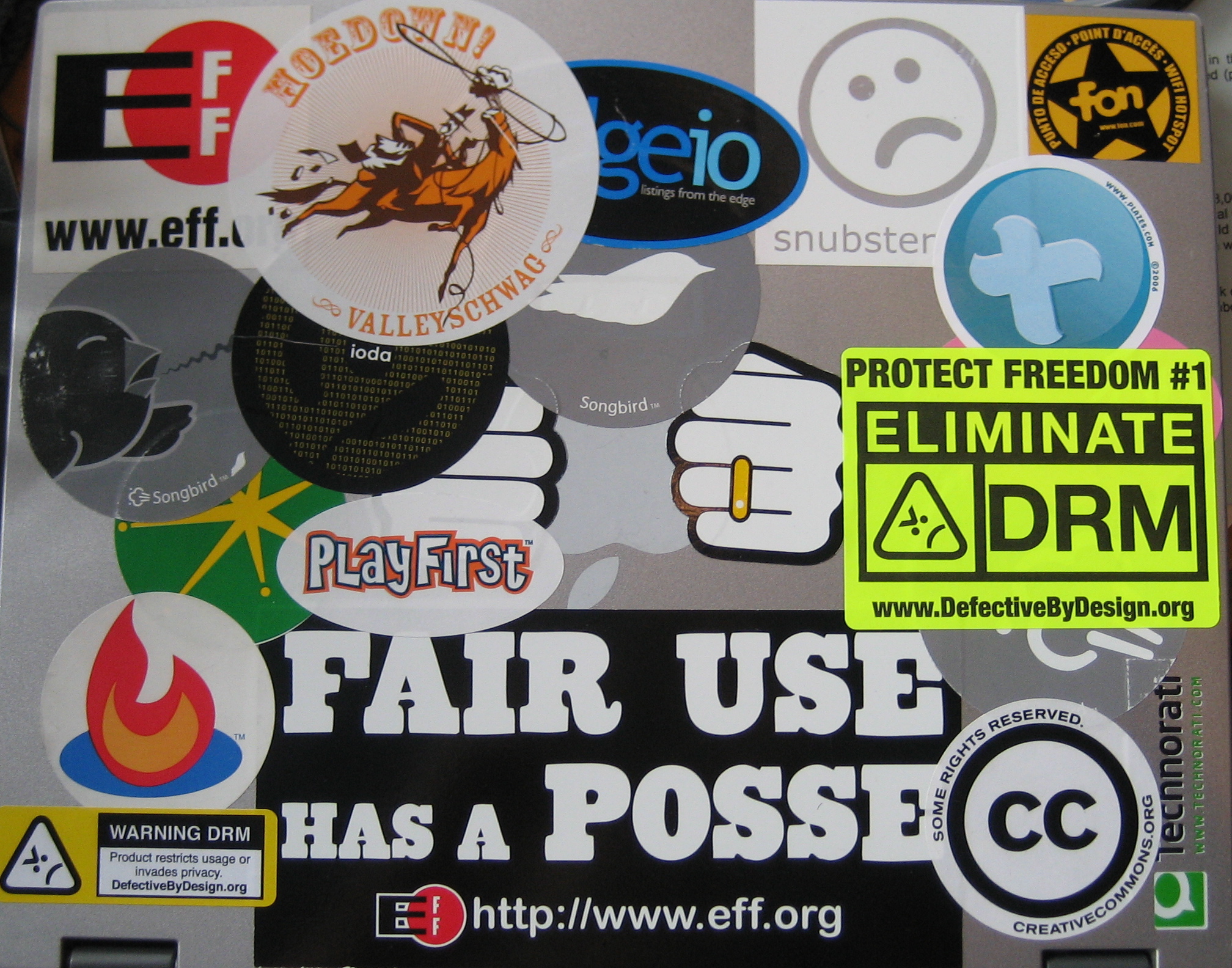|
Fugitive Glue
Fugitive glue is a glue that contains a high amount of alcohol and is delivered to the substrate at a glue station when wet. The type of bond it produces is temporary in nature and is intended to hold two pieces of material together through the duration of folding and gluing operations. It will eventually evaporate without causing damage to either one of the separated substrates. Fugitive glues are frequently used in marketing, where some object—product sample or a return envelope—is glued to another, usually paper, object—a mailing envelope or a magazine. They tend to perform best on smooth, non-porous surfaces. In these applications, fugitive glues are not resealable pressure-sensitive adhesives such as are used on pressure-sensitive tapes or post-it note A Post-it Note (or sticky note) is a small piece of paper with a re-adherable strip of glue on its back, made for temporarily attaching notes to documents and other surfaces. A low-tack pressure-sensitive adhesive a ... [...More Info...] [...Related Items...] OR: [Wikipedia] [Google] [Baidu] |
Marketing
Marketing is the process of exploring, creating, and delivering value to meet the needs of a target market in terms of goods and services; potentially including selection of a target audience; selection of certain attributes or themes to emphasize in advertising; operation of advertising campaigns; attendance at trade shows and public events; design of products and packaging attractive to buyers; defining the terms of sale, such as price, discounts, warranty, and return policy; product placement in media or with people believed to influence the buying habits of others; agreements with retailers, wholesale distributors, or resellers; and attempts to create awareness of, loyalty to, and positive feelings about a brand. Marketing is typically done by the seller, typically a retailer or manufacturer. Sometimes tasks are contracted to a dedicated marketing firm or advertising agency. More rarely, a trade association or government agency (such as the Agricultural Marketing Servic ... [...More Info...] [...Related Items...] OR: [Wikipedia] [Google] [Baidu] |
Pressure-sensitive Adhesive
Pressure-sensitive adhesive (PSA, self-adhesive, self-stick adhesive) is a type of nonreactive adhesive which forms a bond when pressure is applied to bond the adhesive with a surface. No solvent, water, or heat is needed to activate the adhesive. It is used in pressure-sensitive tapes, labels, glue dots, stickers, sticky note pads, automobile trim, and a wide variety of other products. As the name "pressure-sensitive" indicates, the degree of bond is influenced by the amount of pressure which is used to apply the adhesive to the surface. Surface factors such as smoothness, surface energy, removal of contaminants, etc. are also important to proper bonding. PSAs are usually designed to form a bond and hold properly at room temperatures. PSAs typically reduce or lose their tack at low temperatures and reduce their shear holding ability at high temperatures; special adhesives are made to function at high or low temperatures. Structural and pressure-sensitive adhesives Adhesives ... [...More Info...] [...Related Items...] OR: [Wikipedia] [Google] [Baidu] |
Pressure-sensitive Tape
Pressure-sensitive tape, known also in various countries as PSA tape, adhesive tape, self-stick tape, sticky tape, Sellotape, or just tape, is an adhesive tape that will stick with application of pressure, without the need for a solvent (such as water) or heat for activation. PSA tape consists of three components: *the tape itself, which often is cellophane, cellulose acetate, or polyvinyl chloride. Other materials include paper, plastic film, cloth, or metal foil.coated onto a backing material such as paper, plastic film, cloth, or metal foil. *a pressure-sensitive adhesive. *release liner, which keeps the tape from sticking to itself. Some have layers of adhesives, primers, release agents, filaments, printing, etc. made for specific functions. It will stick without the need for a solvent such as water or heat for activation. By contrast, "gummed" or "water activated" adhesive tapes require warm water for activation and "heat activated" tapes require heat. Single-sided ta ... [...More Info...] [...Related Items...] OR: [Wikipedia] [Google] [Baidu] |
Post-it Note
A Post-it Note (or sticky note) is a small piece of paper with a re-adherable strip of glue on its back, made for temporarily attaching notes to documents and other surfaces. A low-tack pressure-sensitive adhesive allows the notes to be easily attached, removed and even re-posted elsewhere without leaving residue. Originally small yellow squares, Post-it Notes and related products are available in various colors, shapes, sizes and adhesive strengths. As of 2019, there are at least 26 documented colors of Post-it Notes. Although 3M's patent expired in 1997, "Post-it" and the original notes' distinctive yellow color remain registered company trademarks, with terms such as "repositionable notes" used for similar offerings manufactured by competitors. While use of the trademark 'Post-it' in a representative sense refers to any sticky note, no legal authority has ever held the trademark to be generic. History In 1968, Dr. Spencer Silver, a scientist at 3M in the United States, ... [...More Info...] [...Related Items...] OR: [Wikipedia] [Google] [Baidu] |
Adhesives
Adhesive, also known as glue, cement, mucilage, or paste, is any non-metallic substance applied to one or both surfaces of two separate items that binds them together and resists their separation. The use of adhesives offers certain advantages over other binding techniques such as sewing, mechanical fastenings, or welding. These include the ability to bind different materials together, the more efficient distribution of stress across a joint, the cost-effectiveness of an easily mechanized process, and greater flexibility in design. Disadvantages of adhesive use include decreased stability at high temperatures, relative weakness in bonding large objects with a small bonding surface area, and greater difficulty in separating objects during testing. Adhesives are typically organized by the method of adhesion followed by ''reactive'' or ''non-reactive'', a term which refers to whether the adhesive chemically reacts in order to harden. Alternatively, they can be organized eithe ... [...More Info...] [...Related Items...] OR: [Wikipedia] [Google] [Baidu] |




